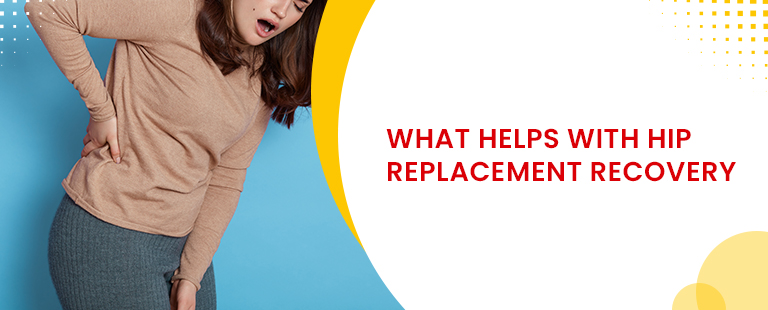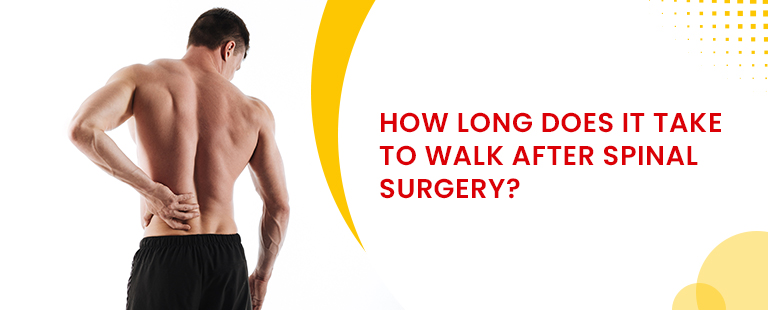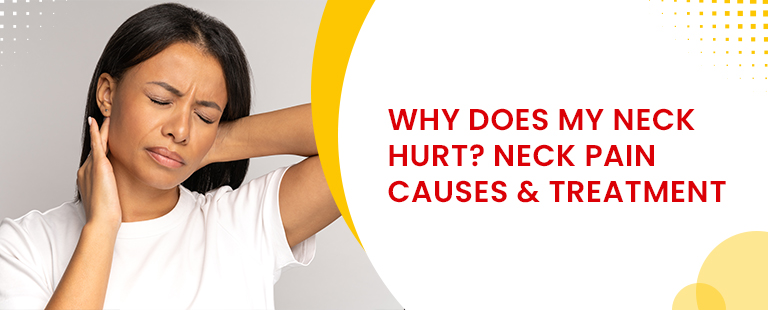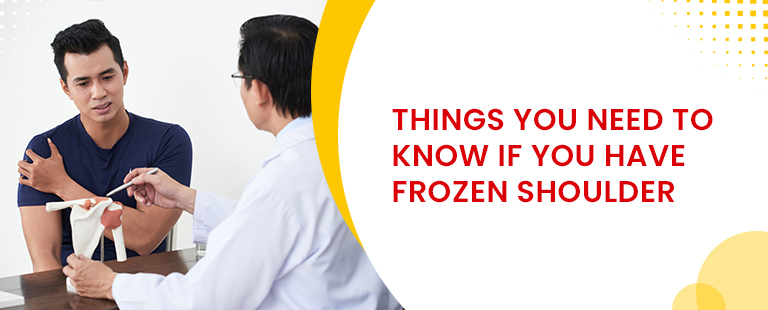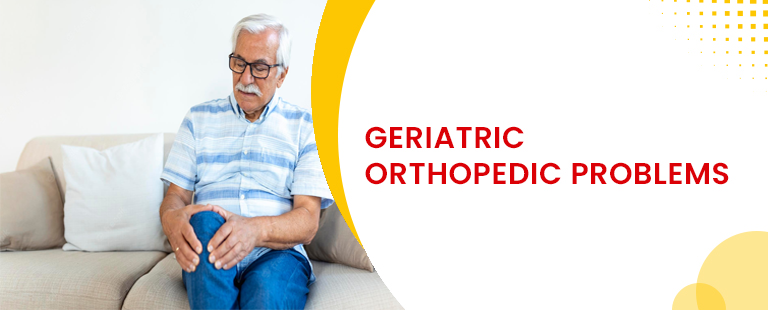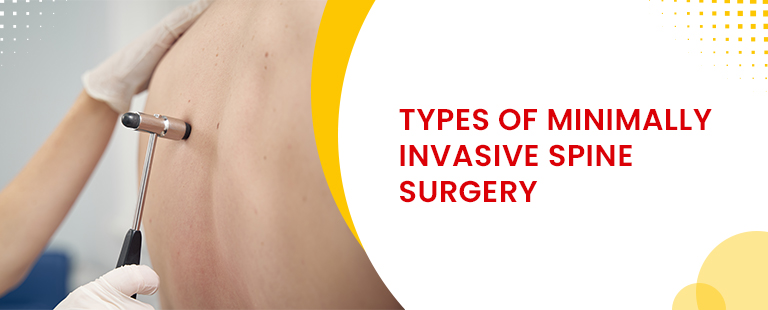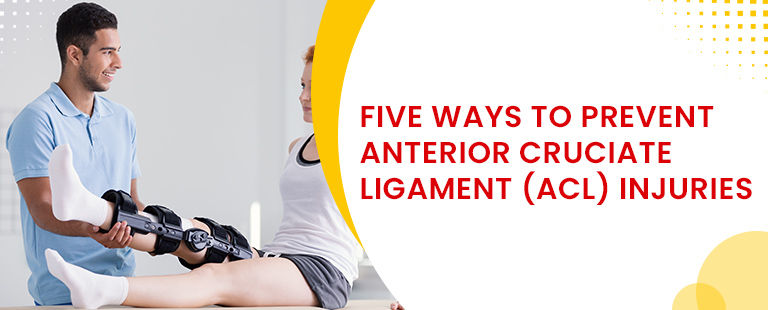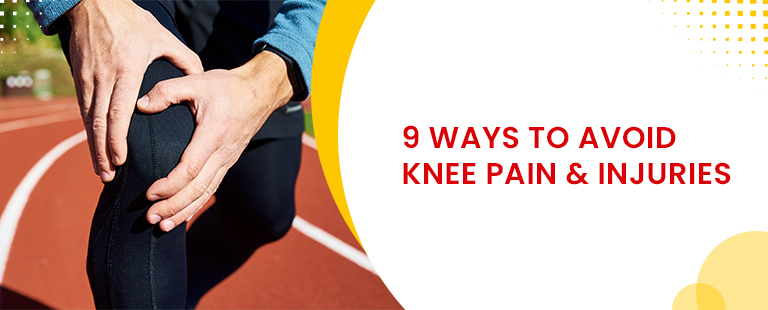One of the most commonly performed elective surgeries is total joint replacement, including hip replacement.
Total hip replacement surgery or arthroplasty is the surgical procedure in which the damaged ball-and-socket hip joint is replaced by an artificial joint made of metal or synthetic material.
The surgery is performed to provide relief from arthritis, osteoarthritis, rheumatoid arthritis, and from various other hip-related issues. It helps to restore the range of motion in the joint. The surgery is only performed after conservative measures have failed to treat the underlying pain or mobility. Some of the conservative hip treatments are:
- Pain medication
- Physical therapy
- Therapeutic exercise
- Stretching
- Weight Management
Total Hip replacement surgery recovery time varies from one person to another. However, knowing what to expect from the recovery will help you plan effective outcomes.
How to prepare for recovery?
During hip replacement surgery recovery time, one needs to be patient. There are various instructions that one needs to follow after the surgery. However, preparing before the surgery will help you to make the hip replacement surgery recovery time smooth.
Before the Surgery
Steps to take before the surgery that helps to make total hip replacement surgery recovery time easier are:
- Undergo a physical therapy program to strengthen the muscles around the hip.
- Arrange a help who can assist you after the surgery.
- Make changes in your home arrangements to make sure that you carry on with your daily activities after the surgery safely and efficiently. Start with putting a seat in the shower or bathtub. Install a hand-held shower. Apart from that, remove things that you can trip on and fall.
- Consult your surgeon about what to expect and what issues to look for after the surgery.
- If you are overweight or obese, then lose weight before undergoing surgery.
After Surgery
Following your healthcare provider’s instructions after the surgery is one of the most vital things. The more you follow their instructions, the easier the recovery will be.
- Wound Care
Always keep the wound area dry and clean for at least 3 weeks after the surgery. After that, you can either change the dressing or ask your caregiver. - Exercises
Physical therapy starts right after the surgery. Being consistent with the exercises after hip replacement is key to leading a safe, effective, and quick recovery phase. Your physical therapist will put together the most effective exercise routine for you. You will need to perform the exercises after hip replacement 3 to 4 times a day for various months.
The simple exercises you do can be particularly beneficial following surgery to prevent blood clots and improve your recovery.
Ankle pumps: When sitting on the back, slowly move your foot upwards and downwards repeatedly. Repeat this exercise for one foot, and repeat it with the second. Repeat the exercise as many times as possible every 5-10 minutes.
Ankle rotations: When lying back on your back, rotate the ankle towards your body and then back towards your other foot. Perform this exercise on one foot and, afterwards, the other. Repeat five times, three or 4 times per day.
Knees bend: When lying back, bend your knee while keeping your heel on the mattress. Move your foot towards your buttocks while keeping your knee straight. Keep your knee bent for 5-10 seconds before resetting it. Repeat this exercise for one knee, and then repeat it for the other. Do this 10 times. Repeat 3-4 times a day for both legs.
Make sure you work closely with your physical trainer to keep up with the number of exercises after hip replacement you’re performing.
Take a walk frequently
One of the most effective methods to increase your fitness is to walk. In the beginning, you’ll use the walker and, later, aid for stability. As per the American Academy of Orthopaedic Surgeons, it is possible to begin walking for 5-10 minutes at a stretch three or four times per day. When your strength grows, you can increase the duration from 20-30 minutes per session to 2-3 times per day.
After recovering from your injury, you can begin a routine maintenance regimen that will require walking for 20-30 minutes at a time, three or four times per week.
Visit Germanten Hospital to know more.


